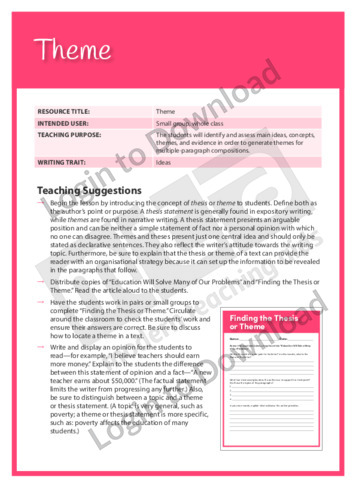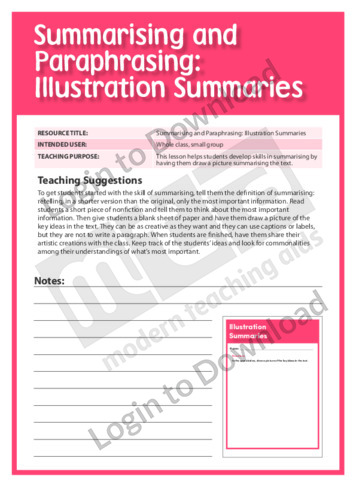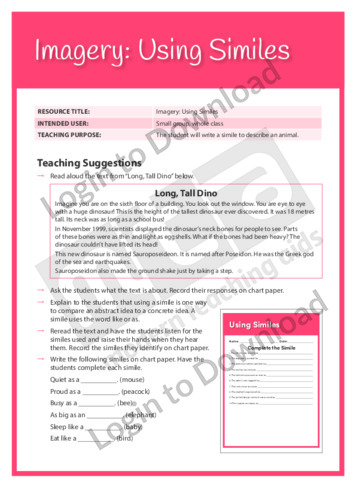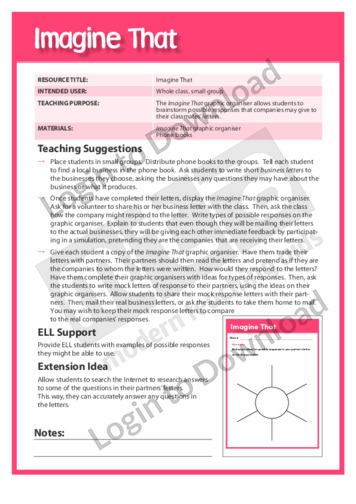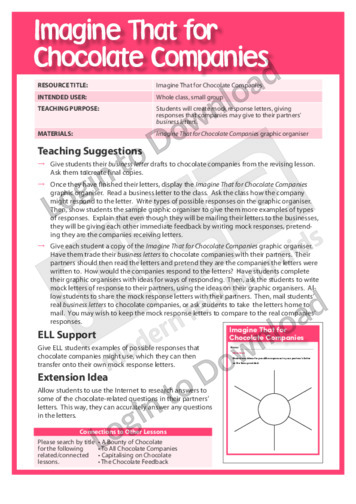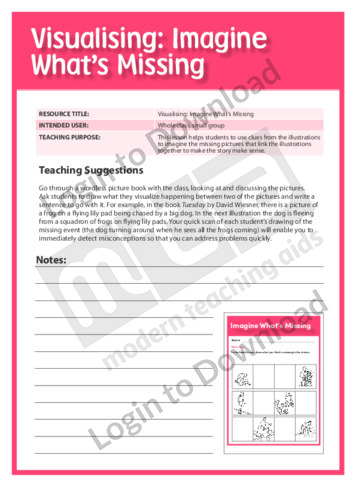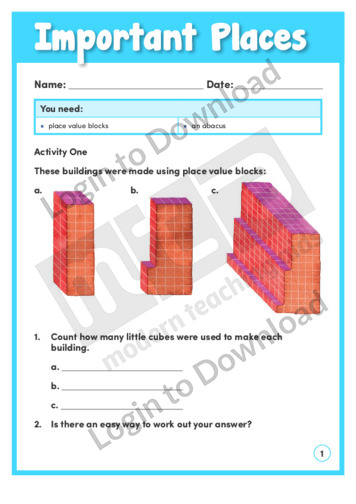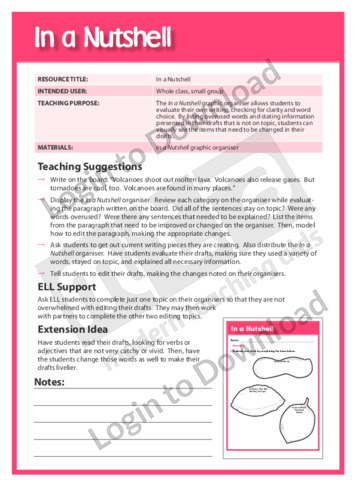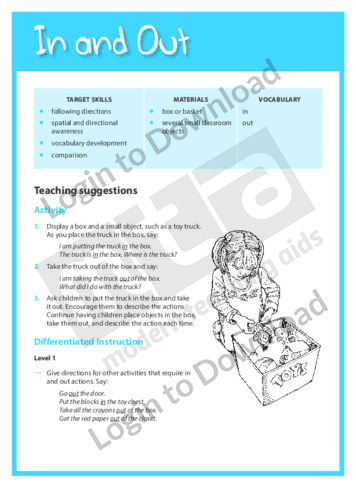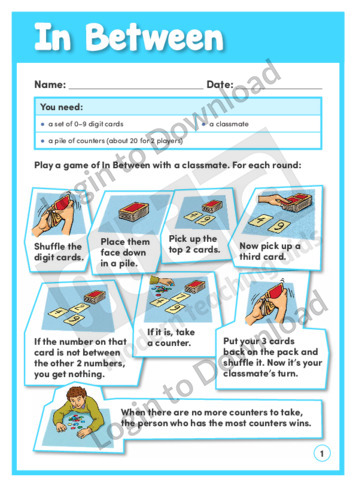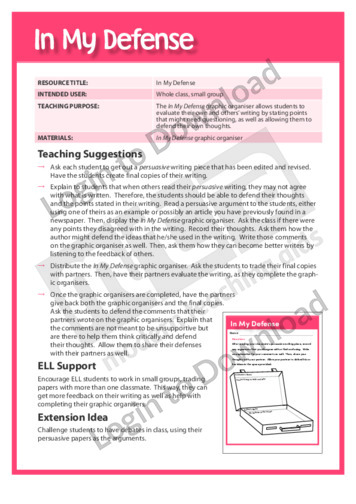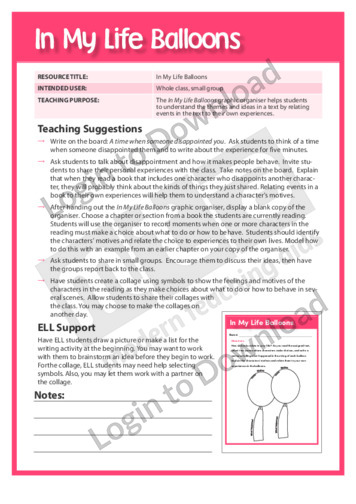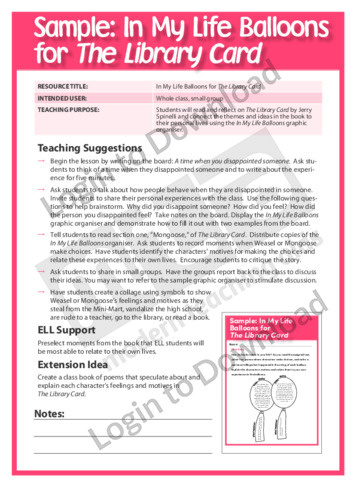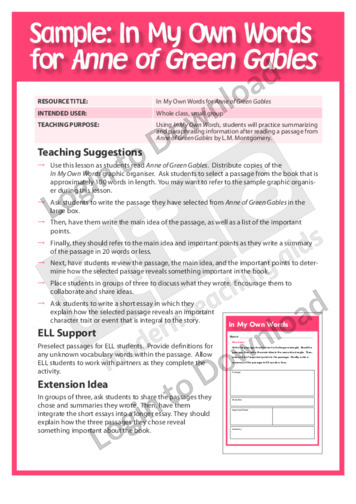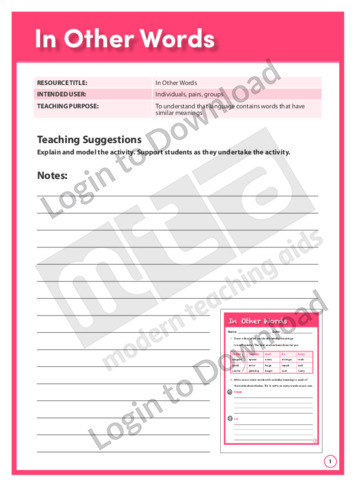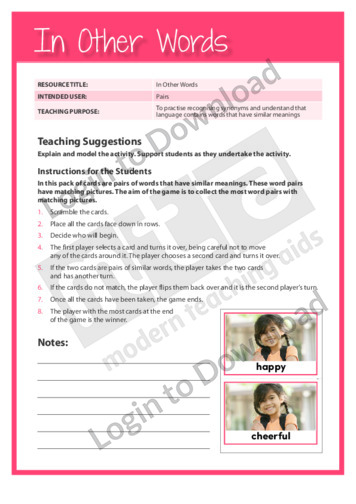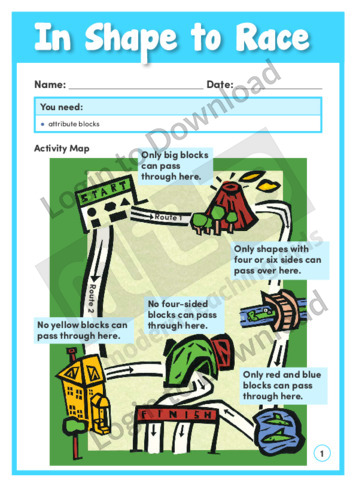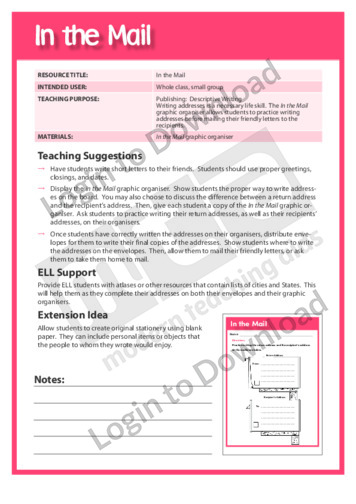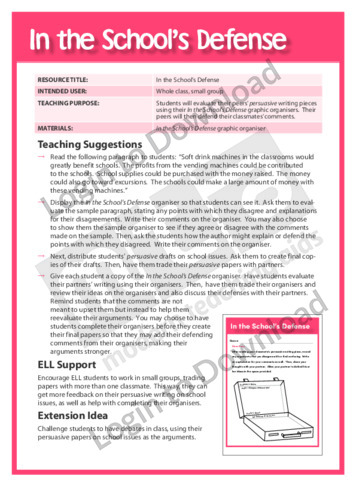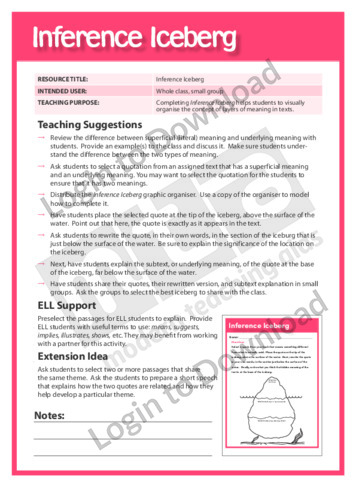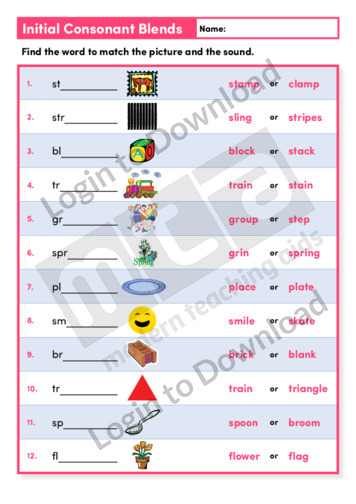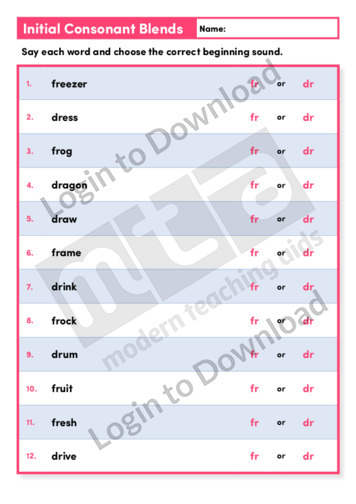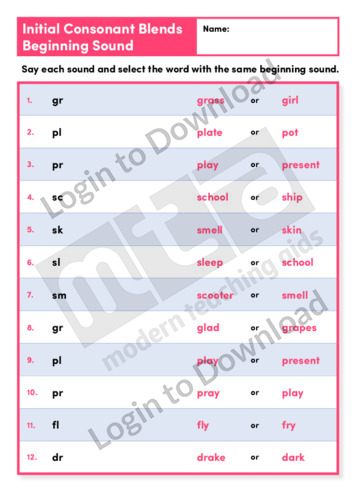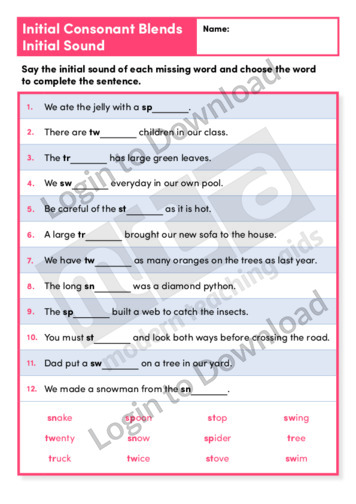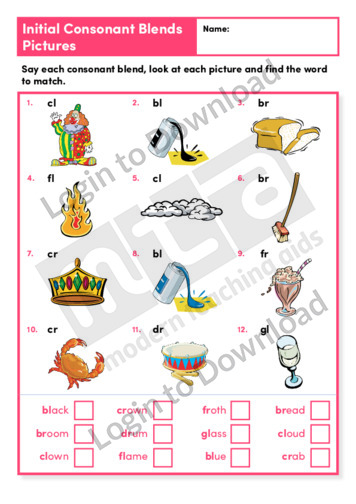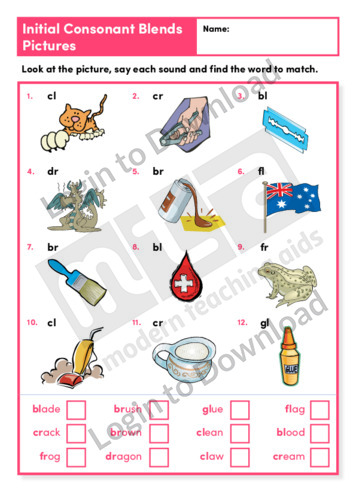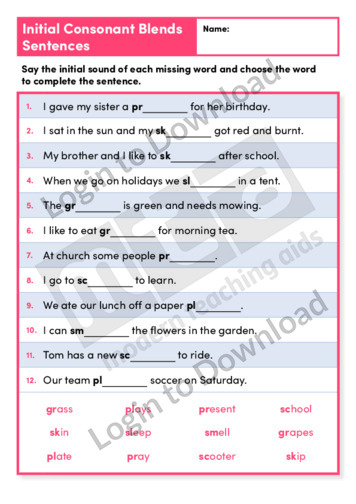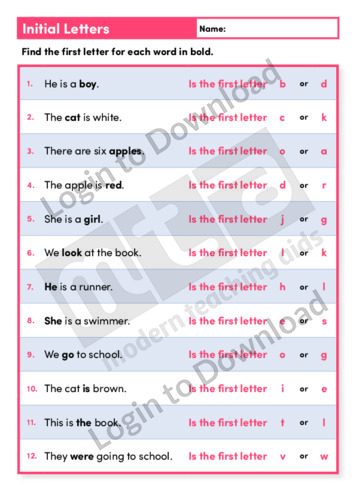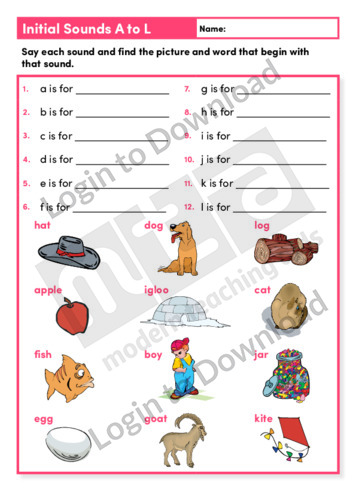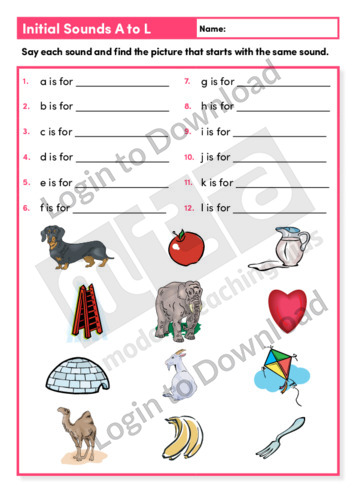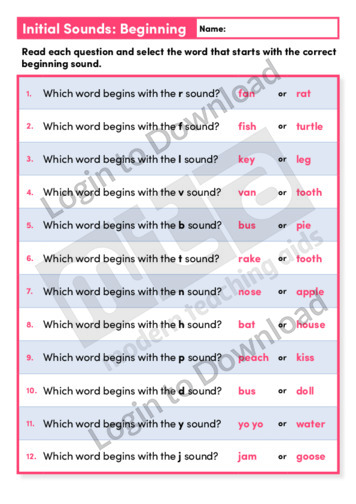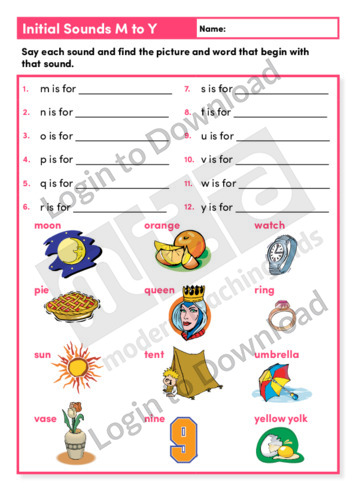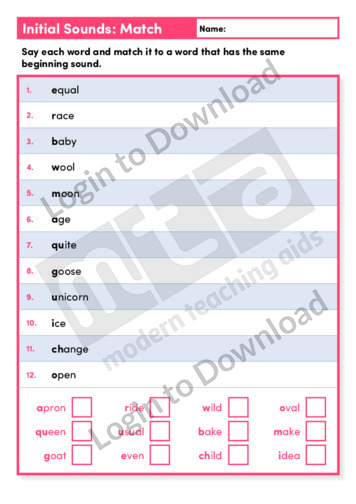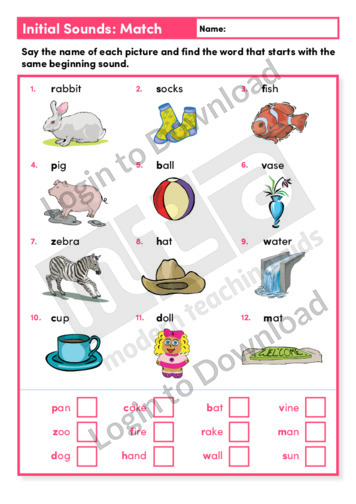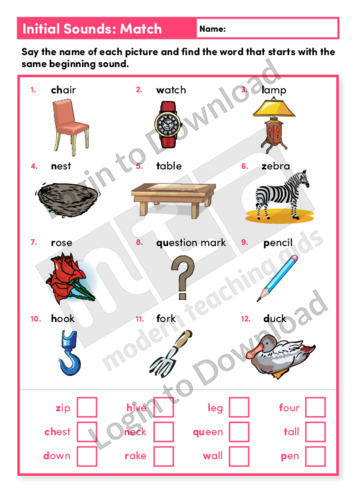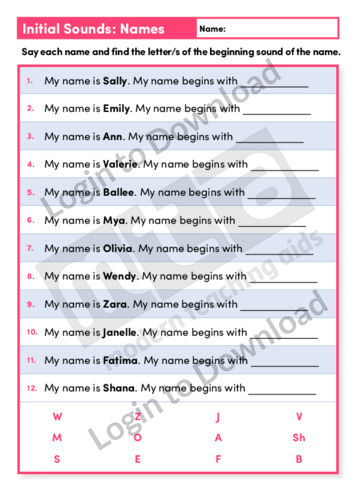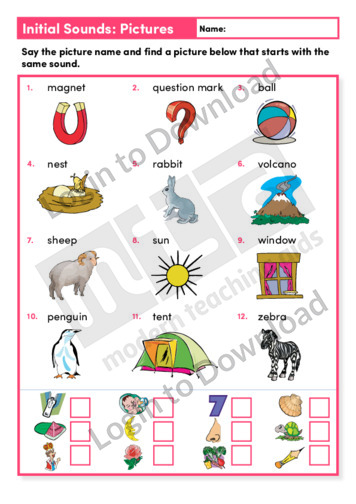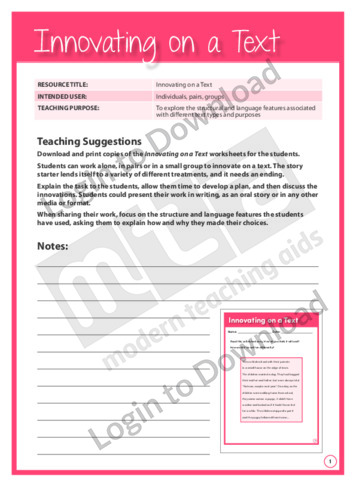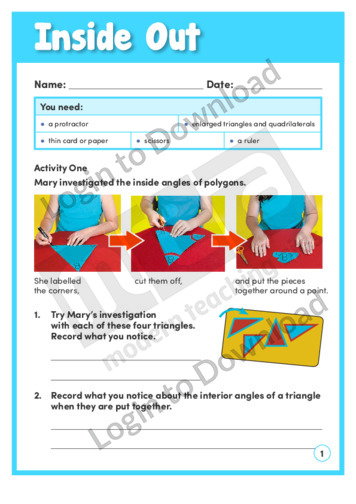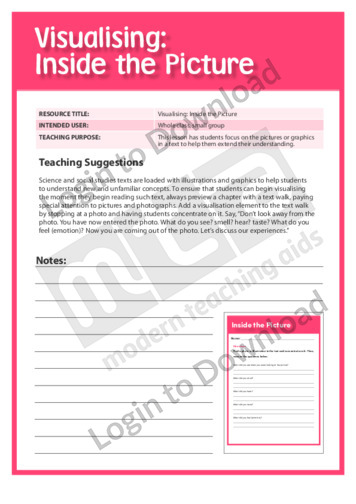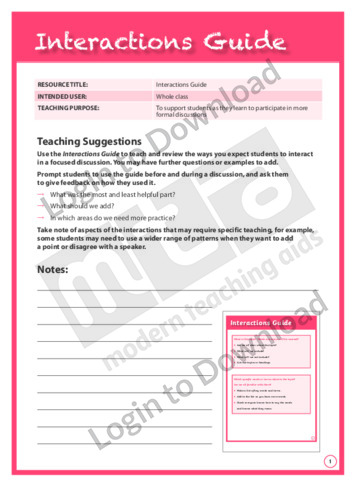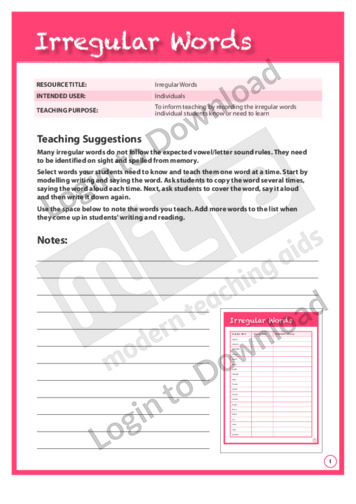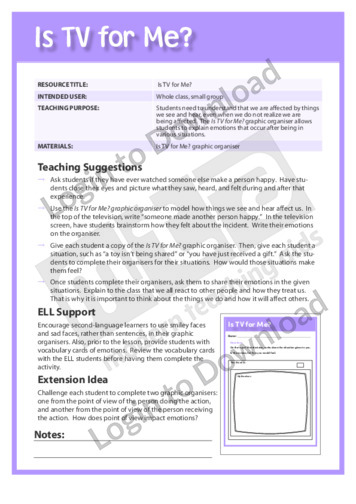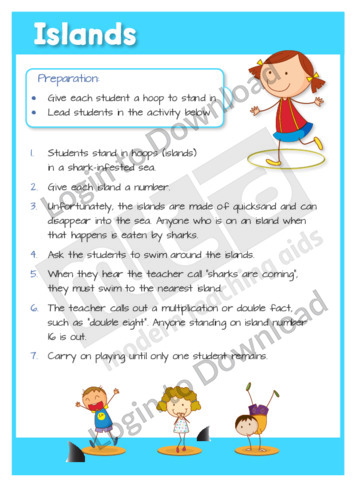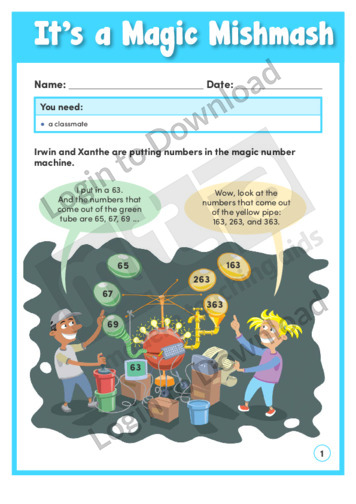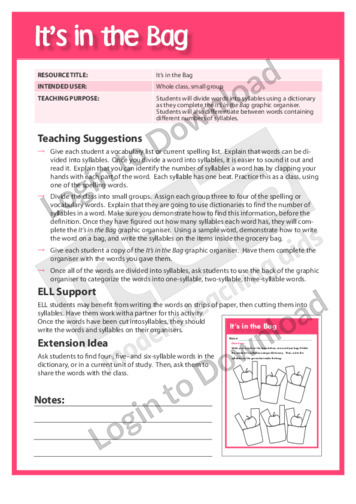This Writing Traits activity ‘Story Planning with an Outline’ encourages students to create outlines to plan for writing stories.
This Writing Traits activity ‘Theme’ encourages students to identify and assess main ideas, concepts, themes and evidence to generate themes for multiparagraph compositions.
This phonics activity, ‘Identify the Beginning Sounds’ encourages students to say the word for each picture and find the word below.
This content area reading learning activity, ‘Illustration Summaries,’ helps students develop skills in summarising. It encourages students to find the most important information in a text by having them draw a picture of the key ideas.
This Writing Traits activity, ‘Imagery: Using Similes’ encourages students to use a simile in descriptive writing.
This oral language activity, ‘Images in Texts’ supports language development by encouraging students to explore the contribution of images to different kinds of texts. It is aimed at developing students’ awareness of different images through an activity in which students will view images and decide if they are from an informative (true) text or an …More
This graphic organiser, ‘Imagine That’ provides the opportunity for students to brainstorm responses to their peer’s business letters.
This graphic organiser, ‘Imagine That for Chocolate Companies’ provides the opportunity for students to brainstorm responses to their peer’s business letters.
This content area reading learning activity, ‘Imagine What’s Missing,’ helps students use clues from the illustrations to imagine the missing pictures that link the illustrations together to make the story make sense. It has students draw what they visualise happening between two of the pictures in a wordless picture book and write a sentence to …More
This content area reading learning activity, ‘Important Details,’ teaches students to recognise the difference between essential and nonessential details. It is aimed at helping students determine what information is actually important and what isn’t by having them choose the main idea from a passage and selecting the three most important details that support it.
Students use place value blocks and an abacus with this learning activity, ‘Important Places’. They learn how understanding place value helps when calculating numbers. An answer sheet is provided and includes accompanying teaching notes with suggestions for supporting learning and further exploration.
This graphic organiser, ‘In a Nutshell’ provides students with the opportunity to evaluate their own writing and identify areas for improvement.
This Beginning Maths activity, ‘In and Out’ encourages students to develop spatial and directional awareness by identifying the position of an object in relation to being in or out of an item.
This learning activity, ‘In Between’, provides instructions for a card game exploring probability. Students predict outcomes and explain their reasoning. An answer sheet is provided and includes teaching notes with suggestions for supporting learning and further exploration.
This graphic organiser, ‘In My Defence’ provides students with the opportunity to discuss and question their peers’ published writing.
This graphic organiser, ‘In My Life Balloons’ helps students to understand the themes and ideas in a text by relating events in the text to their own experiences.
This graphic organiser, ‘In My Life Balloons for The Library Card’ asks students to read and reflect on The Library Card by Jerry Spinelli and connect the themes and ideas in the book to their personal lives.
This graphic organiser, ‘In My Own Words’ enables students to map out ideas prior to writing.
This graphic organiser, ‘In My Own Words for Anne of Green Gables’ asks students to summarise and paraphrase information after reading a passage from Anne of Green Gables by L.M. Montgomery.
This vocabulary activity, ‘In Other Words’ supports language development by encouraging students to recognise that language contains words with similar meanings. It is aimed at developing students’ awareness of synonyms through a fun matching activity.
This vocabulary activity, ‘In Other Words’ supports language development by encouraging students to recognise that language contains words with similar meanings. It is aimed at developing students’ awareness of synonyms through a fun matching game, such as Snap.
This learning activity, ‘In Shape to Race’, provides a logic track in the form of a map with two routes and various obstacles. Students must consider several features of each attribute block to work out whether it can get from start to finish. An answer sheet is provided and includes teaching notes with suggestions for …More
This graphic organiser, ‘In the Mail’ provides the opportunity for students to practise writing short letters and addresses.
This graphic organiser, ‘In the Mail to My Pen Pal’ provides the opportunity for students to practise writing short letters and addresses to their pen pals.
This graphic organiser, ‘In the School’s Defence’ provides students with the opportunity to discuss and question their peers’ published writing.
This phonics activity, ‘Initial Consonant Blends’ encourages students to choose the word to complete each sentence.
This phonics activity, ‘Initial Consonant Blends’ encourages students to find the word to match the picture and the sound.
This phonics activity, ‘Initial Consonant Blends’ encourages students to say each word and choose the correct beginning sound.
This phonics activity, ‘Initial Consonant Blends’ encourages students to say each word and choose the correct beginning sound.
This phonics activity, ‘Initial Consonant Blends Beginning Sound’ encourages students to say each sound and select the word with the same beginning sound.
This phonics activity, ‘Initial Consonant Blends Initial Sound’ encourages students to say the initial sounds and choose the word to complete the sentence.
This phonics activity, ‘Initial Consonant Blends Match’ encourages students to match each beginning sound to the correct word.
This phonics activity, ‘Initial Consonant Blends Pictures’ encourages students to say each consonant blend, look at each picture and find the word to match.
This phonics activity, ‘Initial Consonant Blends Pictures’ encourages students to look at the picture, say each sound and find the word to match.
This phonics activity, ‘Initial Consonant Blends Sentences’ encourages students to say the initial sound and choose the word to complete the sentence.
This spelling activity, ‘Initial Letters’ provides opportunities for practice with recognising the first letter of simple words.
This phonics activity, ‘Initial Sounds A to L’ encourages students to say each sound and find the picture and word that begin with that sound.
This phonics activity, ‘Initial Sounds A to L’ encourages students to say each sound and find the picture that begins with the same sound.
This phonics activity, ‘Initial Sounds Beginning’ encourages students to read each question and select the word that starts with the correct beginning sound.
This phonics activity, ‘Initial Sounds M to Y’ encourages students to say each sound and find the picture and word that begin with that sound.
This phonics activity, ‘Initial Sounds Match’ encourages students to say each word and match it to a word that has the same beginning sound.
This phonics activity, ‘Initial Sounds Match’ encourages students to say the name of each picture and find the word that starts with the same beginning sound.
This phonics activity, ‘Initial Sounds Match’ encourages students to say the name of each picture and find the word that starts with the same beginning sound.
This phonics activity, ‘Initial Sounds Names’ encourages students to say each name and find the letter/s of the beginning sound of the name.
This phonics activity, ‘Initial Sounds Names’ encourages students to say each name and find the letter/s of the beginning sound of the name.
This phonics activity, ‘Initial Sounds Pictures’ encourages students to say the picture name and find the picture that starts with the same sound.
This written language activity, ‘Innovating on a Text’ supports language development by encouraging students to explore the structural and language features associated with different text types and purposes. It is aimed at developing students’ awareness of text types such as narratives, comedies, tragedies and mysteries.
The learning activity, ‘Inside Out’ uses triangles to help students explore the properties of triangles and rectangles. They identify the interior and exterior angles of quadrilaterals then make predictions about the angles of other shapes. An answer sheet is provided and includes teaching notes with suggestions for supporting learning and further exploration.
This content area reading learning activity, ‘Inside the Picture,’ helps students focus on the pictures or graphics in a text to extend their understanding. It is aimed at helping students understand new and unfamiliar concepts through visualisations.
This graphic organiser, ‘Integers on a Number Line’ asks students to solve numerical problems and plot the answers on number lines.
This reading comprehension activity, ‘Integrating Information’ supports language development by encouraging students to integrate information from texts. Students will identify facts and ideas, form thoughts and questions about the facts and ideas and then form new understandings gained by integrating the information.
This oral language activity, ‘Interactions Guide’ supports language development by encouraging students to learn to participate in more formal, focused discussions. It is aimed at developing students’ awareness of interactions by providing students with helpful prompts.
This vocabulary activity, ‘Irregular Words’ informs teaching by recording common irregular words that individual students know or need to learn. It is aimed at developing students’ awareness of irregular words.
This Beginning Maths activity, ‘Is It a Pattern?’ encourages students to identify and discriminate between sets of objects arranged in patterns and non patterns.
This graphic organiser, ‘Is TV for Me?’ supports students to understanding that we are affected by the things we see and hear.
This maths activity, ‘Islands’ develops basic maths skills by encouraging students to practise multiplication as part of an engaging game played as a class.
This learning activity, ‘It Remains to be Seen’ is a board game that gives students opportunities to use their addition and division skills. They need to divide numbers and calculate remainders as they race each other around the board. An answer sheet is provided and includes accompanying teaching notes with suggestions for supporting learning and …More
In the learning activity, ‘It’s a Magic Mishmash’, students are challenged to read any 3-digit whole number as well as order any set of three or more whole numbers (up to 99). An answer sheet is provided and includes accompanying teaching notes with suggestions for supporting learning and further exploration.
This graphic organiser, ‘It’s in the Bag’ asks students to divide words into syllables using a dictionary and differentiate between words containing different numbers of syllables.
It�s that easy!


